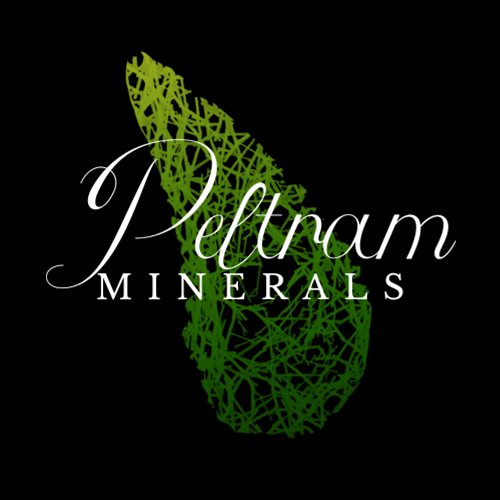Boulder opal – Cabochon – Winton, Queensland, Australia
Locality: Winton, Queensland, Australia
Weight: 1,56g = 7,8ct
Dimensions: 1,74 x 1 x 0,36 cm
| Category: | Winton |
|---|
Australia is renowned worldwide as the most important source of high-quality opals. The quality of Australian opals lies primarily in their striking and pure play of color. Thanks to the specific conditions in which they form, they often feature vivid, contrasting hues. This diversity is reflected in the many types of opals Australia has to offer—ranging from black and boulder opals to crystal, white, and matrix opals. Australian opals are also notably more durable and stable compared to many others. Their naturally lower water content increases their resilience to temperature fluctuations and changes in humidity, so they do not crack or dry out as easily, making them ideal for everyday jewelry wear.
Formation
Australian opals typically form in sedimentary rocks such as sandstone and clay, which occur in expansive basins (for example, the Great Artesian Basin—a vast underground water system covering much of Australia’s interior). Silica-rich water slowly seeps into fine cracks or pores in the rock. Once this water evaporates or drains away, thin layers of silica remain in the cavities, which can eventually form opal.
A key role is played by microscopic spheres of silicon dioxide (silica) that arrange themselves into a regular, three-dimensional “crystal-like” grid. This arrangement produces the typical “play-of-color” phenomenon—an iridescent display visible in opal when light hits it. The color and intensity of this effect depend on the size and distribution of these spheres.
In the case of boulder opals from Queensland in Australia (for example, around Winton), the basic formation process is the same, except the opal is deposited in thin seams or cavities within iron-rich parent rock. The dark color and high iron content of the host rock often enhance the contrast and intensity of the opal’s color play.
Deposits
Winton is a small town in northwestern Queensland, Australia, located roughly 177 kilometers northwest of Longreach. This area is especially renowned for boulder opals, which occur in abundant veins within iron-rich sandstones. Winton’s dry, semi-desert climate, combined with its geological conditions, greatly contributes to both the formation and preservation of opals.
History
Boulder opal mining in Winton began around the turn of the 19th and 20th centuries, similar to other key opal-mining regions in Australia (Lightning Ridge, Quilpie, Opalton, etc.). Because it is more difficult to extract opal from the hard host rock, early mining operations were often small-scale private ventures. Modern mining now uses some mechanization, yet many independent prospectors and family-run operations still work the mines by hand.
Types of Australian Opals
-
Black Opal (Black Opal)
The rarest and most valuable type of opal, best known from deposits in Lightning Ridge (New South Wales). It has a dark base color (black, gray, or dark blue) that enhances the play of color. Black opals often display the most intense color range—including red, green, blue, and purple. -
Boulder Opal
Mainly mined in Queensland (northeastern Australia). It forms when opal fills thin seams in iron-rich sandstone or other types of parent rock (“boulder”). This variety typically retains part of the original rock, creating a contrasting backdrop. Boulder opals can have a darker body tone and, like black opals, exhibit a vivid play of color. -
Crystal Opal
Characterized by a translucent or transparent base. At times it may appear nearly colorless in its raw state, yet the rainbow-like flashes shine clearly through the crystal-clear or milky, translucent body. Crystal opals are found throughout Australia, but larger quantities come from Coober Pedy. -
White (Light) Opal
This variety has a white to milky-white base color. It can display colors just as vibrant as those in black opals, but they tend to appear less intense because the light background visually “mutes” the contrast. White opal is especially common in Coober Pedy (South Australia) and is more affordable than black or boulder opals. -
Matrix Opal
A distinctive variety in which opal is embedded in porous rock (e.g., sandstone or ironstone). After treatment (impregnation), the colors can become significantly more intense, because the darker base accentuates the opal’s play of color. Andamooka is particularly famous for these matrix opals, known as Andamooka Matrix, which can resemble rare black opals from other regions once processed.






